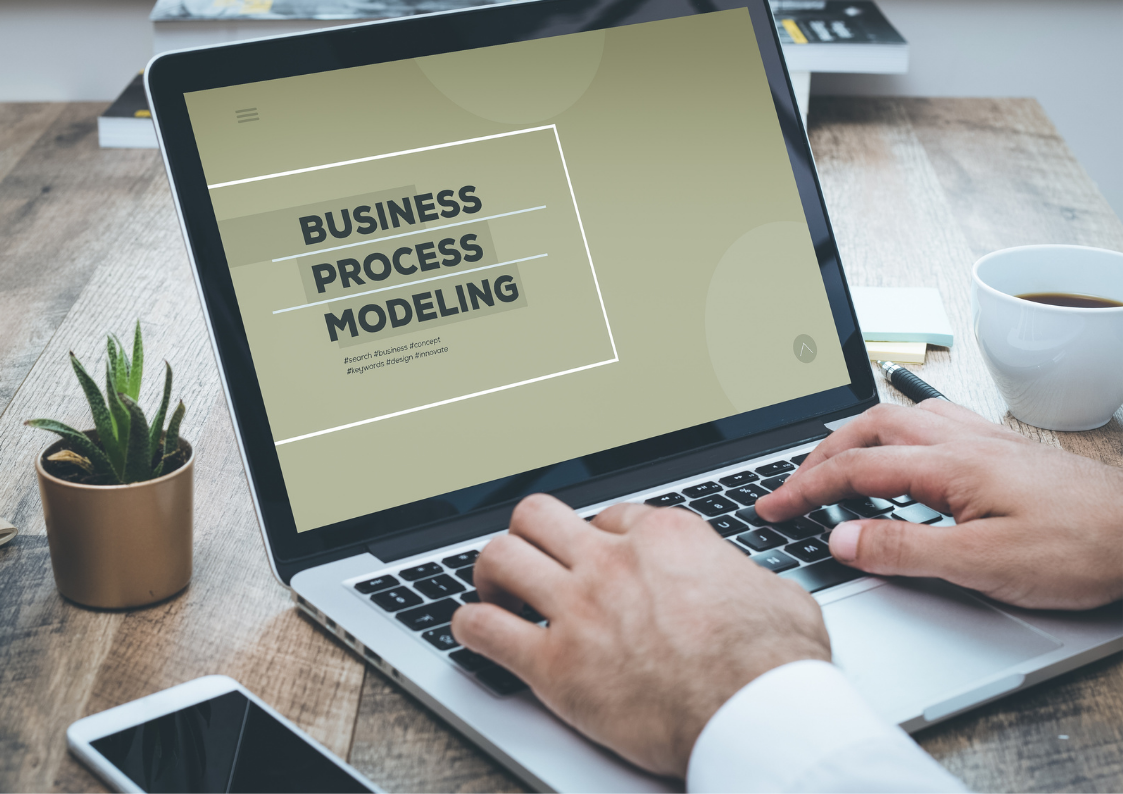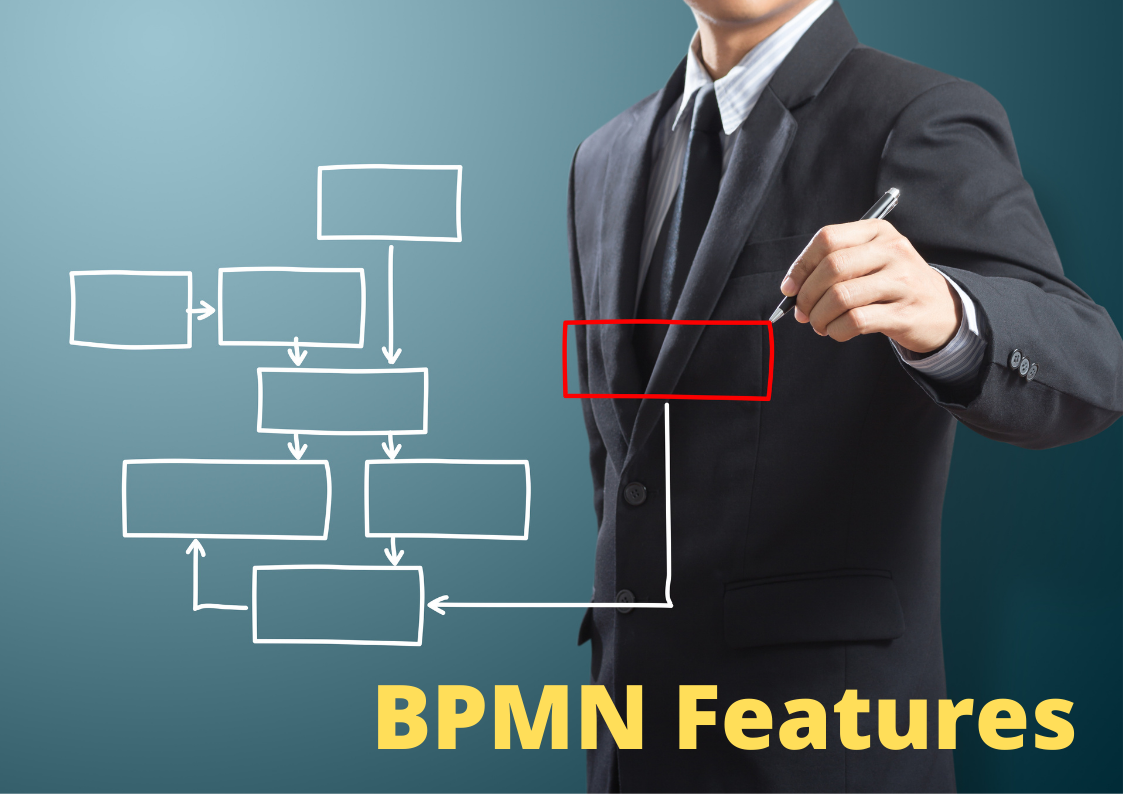Business Process Model Notation (BPMN) is a technique used to illustrate business processes. It’s like a flowchart but is simpler to understand and act upon.
BPMN also allows you to specify what should happen at each step of the process and how it should be executed.
What is Business Process Modelling?
From a simplistic point of view, the Business Analysis Technique of Business Process modeling concerns itself in a visual way the sequential flow of information through business processes (activities or tasks) performed by groups within an organisation.
The Business Analyst’s task is often to create a Business Process Model for a particular logical business process group. An example of this might be the business process model for the Payroll Cycle of an organisation or the Call Centre Call Handling Processes.
Business Process Model Notation (BPMN) is a technique used to illustrate business processes. It’s like a flowchart but is simpler to understand and act upon.
What is Process Design?
Process models are catalysts for organisational improvement. They help you maximise your return on investment by helping you identify where and how to improve.
Business modeling is used by many businesses to communicate their unique business story. It helps them understand and reach a consensus on their individual business decisions. They also prepare their enterprise for future automation and integration efforts.
Documenting a process ensures consistency, quality, and standardisation.
Understanding the details of how a process works helps you see what works well and what might work better.
For improvement, the process must be modeled and tested.
What’s the difference between BPM and BPMN?
Business Process Management (BPM) focuses on managing the business process to achieve the business goals. BPM methodologies are used to analyse and design the business processes.
Business Process Modelling Notation (BPMN) allows the business user to understand the flow of the system. BPMN is a graphical notation used to model business processes.
Categories of Business Process Model Notation elements
There are 4 basic categories of BPMN elements. Each represents a different aspect of a business process.
- Swimlanes: These are visual representations of participants in a process. They are divided into pools and lanes.
- Flow Elements: The flow elements (flowchart nodes) are the basic building blocks of a workflow. A flow element defines the behaviour of a process and comprises events, activities, and gateways.
- Connecting Objects: A flow object is a thing that has both a start and an end. These include sequence flows, message flows, and associations.
- Data: This information will help you execute a business process. It includes data inputs, outputs, objects, and data stores.
Benefits of BPMN
BPMN allows an organisation to capture and document business processes clearly and consistently, ensuring relevant stakeholders are involved in the process. That way, process owners can respond to any issues in the processes more effectively.
- It’s a useful tool for defining and understanding your business processes.
- It provides a standard notation that all company stakeholders easily understand.
- It helps bridge the communication gap between business process design and implementation.
- It excellently depicts the complexities of a business process, yet is simple enough to understand the flow of the business process.
- It is an excellent tool for communicating and understanding business processes. It can be used for communicating business processes to non-tech savvy people.
BPMN is an effective modeling notation for business processes. It provides more information than flowcharts and is more understandable than UML Activity diagrams. It’s also more suitable for process analysis and design.
What is a Process Model?
A process model can be used to model a wide range of sequential activities, including business processes, system processes, and even the flow through an algorithm in a programming module. A process model is a basis for a business process management system. It’s the structure that you build from the current state and future state processes.
How to Draw a Business Process Model
A business process model is very simple to create and doesn’t require advanced computer skills or software. It can be drawn quickly with a few basic symbols and is perfect for illustrating the flow of work in your organisation.
Starting point:
In each Business Process Model, there is one starting point. This symbol is like the “start here” sign on your business process model. Show this symbol on the top right-hand side of your business process model.
Process:
A business process model usually consists of approximately 7 to 9 steps. You can use the “process” symbol to identify the steps in the process.
If your business process model contains more than the suggested 7 to 9 processes, you may need to break it up into smaller ones.
Every business process model should include at least one information flow arrow flowing into a process and have at least one flow flowing out of the process.
Information flow:
Arrows connect all the symbols in the BPMN diagram. The arrows indicate the flow of information.
Decision point:
You’ll be able to identify parts of the business process where you need to decide before moving forward. This decision point is always a diamond in most business process modeling notations.
You should always only allow two possible outcomes for each decision symbol, even if this means that you may need to flow into the next decision point right after you make a decision. This will make it easier for your audience to understand each decision’s result.
End point:
A business process can have more than one outcome, and therefore a business process model can have more than one endpoint. You should ensure that your business process model has at least one endpoint symbol, and all information flows should either flow into a process symbol, decision point, or an endpoint as a general rule.
Roles:
You can illustrate your business processes in different ways. The first way is to show your process flow as a series of activities. The second way is to show a flow of data between different roles. The third way is to show a flow of value through your business process.
When you’re looking at business process mapping, you need to think about who plays which role.
Business process models are usually drawn on a horizontal plane, but they can be drawn in many ways. Some people prefer to use different symbols to show different business roles.
How BPMN can help your organisation
Process models are crucial for any process-related task. They’re also used for change control, cross-functional usability, process performance management, and setting the foundation for automation and integration into systems and platforms.
Modeling your process is a good idea. You’ll need to know how detailed you want to make it. You’ll learn the difference between process and business process modelling, where your models are best placed in your enterprise architecture, and how to use your models to help drive change.
It is a great way to improve the organisation’s brand, but it also benefits it. You can use your modelling to help your market and socialise the organisation to the enterprise. Modelling efforts can positively impact your company’s overall business performance. You need to ensure that you market and socialise your modeling to the enterprise.
What is Business Process Improvement?
You can increase your profits and reduce your expenses by implementing a process improvement plan.
Business Process Improvement (or BPI) analyses a business’s current processes to improve them. This is done by analysing the process, identifying any inefficiencies or bottlenecks, then creating new or improved processes that improve the process.
Business process improvement can uncover dramatic deficiencies in a business’s workflows, resulting in significant improvements in efficiency and subsequently reduced costs or increased production capacity.
How is Business Process Improvement related to Software Systems?
Business process improvement (BPI) is the systematic study of the organisation’s processes to improve them. The objective of BPI is to improve the quality of the products and services that a business provides.
If software automation opportunities are identified, then the requirements for the automation can be determined, and the business process diagrams can be modified to include the automation. The cost of automation can be estimated, and the cost savings and benefits can be demonstrated.
Our approach to Business Process Improvement and BPMN
Ubique Digital Solutions assist small businesses in analysing and improving their processes. We use the Business Process Model Notation (BPMN) to map a business’s processes.
Once mapped, we can then analyse these processes to determine whether they fit purposefully or need improvement. We then apply our knowledge of the BPMN standard and process improvement methods to help any business.
BPMN is an invaluable tool that enables all personnel, internal and external to the business, to understand how the business operates.
Get in touch with us to discuss how we can help you improve your business process.
We’d love to hear your own opinions, tips, and ideas about process modeling. Share them with us in the comment section.











